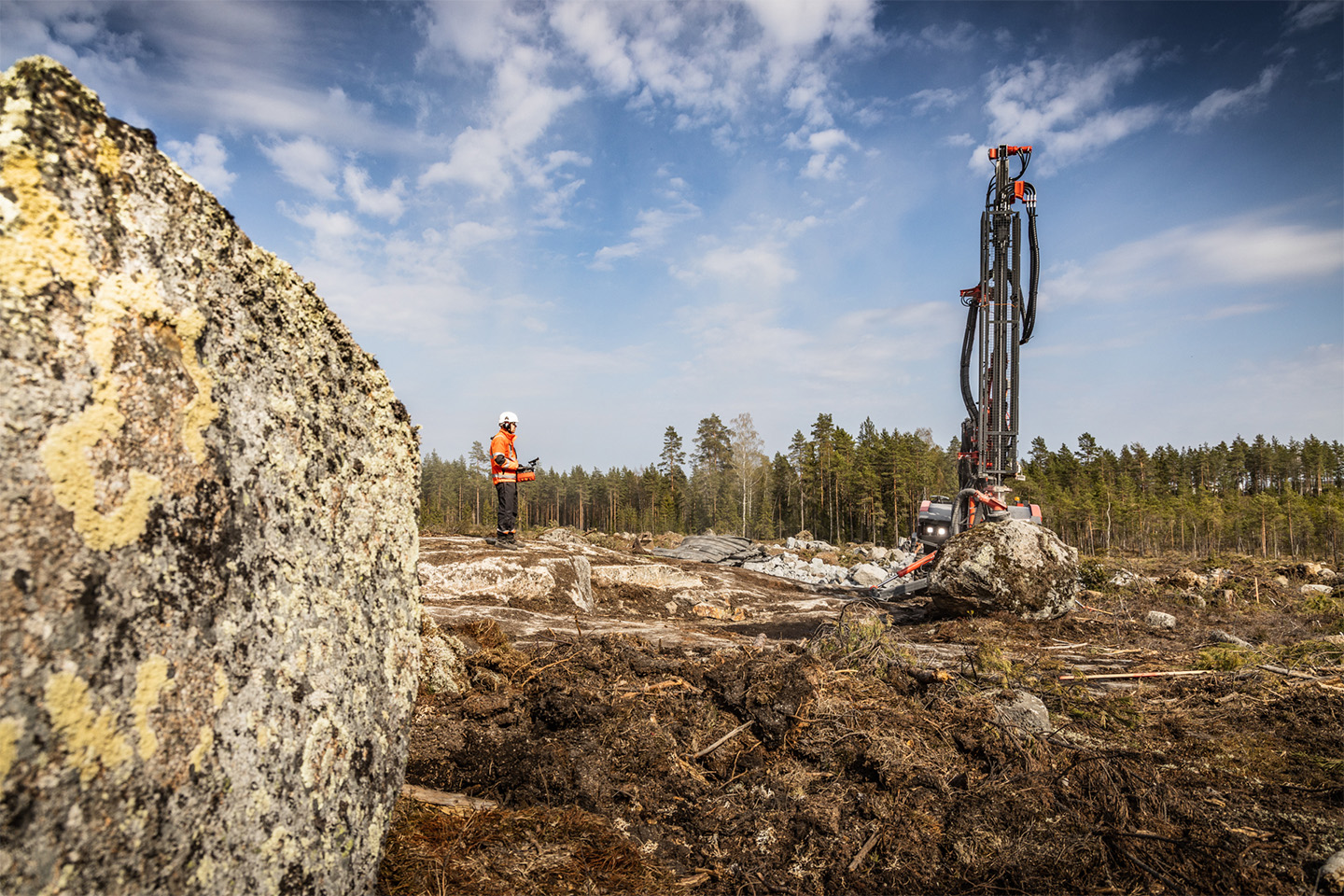Gold stocks: What will it take – and how long – for them to recover?
By: Henry Bonner for Sprott Group
Steve Todoruk, a Senior Investment Executive at Sprott Global Resource Investments Ltd., says the major mining companies are starting to clean up their acts and run more efficient operations, but the turnaround could take time:
Senior mining companies are in the dog house with investors and shareholders right now. Making the necessary changes is a difficult task that takes quite a bit of time. Thus, if you are invested in junior exploration stocks, make sure your companies have enough cash to weather the storm for at least the next year – ideally, the next two. They should have enough money to cover their overhead, with enough additional cash to continue advancing their projects steadily forward.
Historically, when metal prices are low, big mining companies tighten their belts to reduce costs. Typically, the first thing they do to cut costs is also the most ill-advised: they lay off their geologists and cut their exploration budgets. This is biting off the hand that feeds them. These companies need geologists working to find the next new deposits so they can replace current reserves as they run out. Finding or discovering your own new deposit is cheaper than buying a discovery from someone else. You pay multiples to buy another company’s deposit because they took on the high level of risk in exploration.
The current downturn in metal prices, however, is very unusual. I have not experienced anything similar in my career. Barrick Gold Corp. – the largest gold mining company in the world, has just announced 100 layoffs from their head offices in Toronto, Canada. Barrick has very few geologists in their head office, which means they are disposing of a large number of their accountants, lawyers, receptionists and other employees.
To me, that is a very positive, smart and long overdue move. In good times, companies hire too many people, often resulting in wasteful, duplicative expenses from paying several different people to do the same thing. Those are extra, burdensome costs that increase overhead. As shareholders and investors, we want companies that are as lean and efficient as possible. It’s our money they are playing with!
In another example, Newmont Mining Corp. (the second largest gold mining company) recently announced layoffs of 33% of their corporate staff in the Denver, Colorado head office.
The majors are also laying off non-essential and duplicate staff at their producing mines in order to cut costs, and they are becoming better at controlling the costs of parts and equipment. Previously, they regularly paid too generously for parts and equipment without contacting multiple providers or seeking to reduce the cost. Of course, they can only save so much doing this (maybe 3-7% of overall costs) but it is an additional step towards improving the bottom line.
A number of the big mining companies are also giving up on unprofitable endeavors. Last week, Kinross Gold Corp. walked away from its Fruta del Norte gold deposit in Ecuador – one of the most coveted large high-grade gold deposits in the world – because the government of Ecuador made the mine unprofitable through excessive demands for taxes.
Smaller mining companies are starting to scale back plans for new mines. Some are going to stop construction altogether (Atna Resources Ltd. in Nevada, for instance) because they are running out of money, and lower gold prices make the economics of running the mine less attractive. Indeed, while gold has plummeted, construction and other mining costs have stayed the same.
I believe it could take the majors 6 to 12 months to show that they have successfully implemented measures to strengthen their businesses and restore investor confidence in these stocks. At that point or later, the juniors should start to turn the corner. There are several companies in the current market that have cash, either on hand at their bank, or through a major mining company as a joint venture partner with deep pockets. These are the companies that can keep steadily advancing their projects, and be attractive for acquisitions once the health of the majors improves. If you are comfortable enough betting on a strong turnaround somewhere past this slump, you may want to be invested in companies that fit this bill.
Steve Todoruk worked as a field geologist with major and junior mining exploration companies after he graduated with a B. Sc. in Geology from the University of British Columbia, in 1985. Steve joined Sprott Global Resource Investments Ltd. in 2003 as a Senior Investment Executive. To contact Steve, e-mail him at stodoruk@sprottglobal.com or call him at 1.800.477.7853.
{{ commodity.name }}
{{ post.title }}
{{ post.date }}


Comments